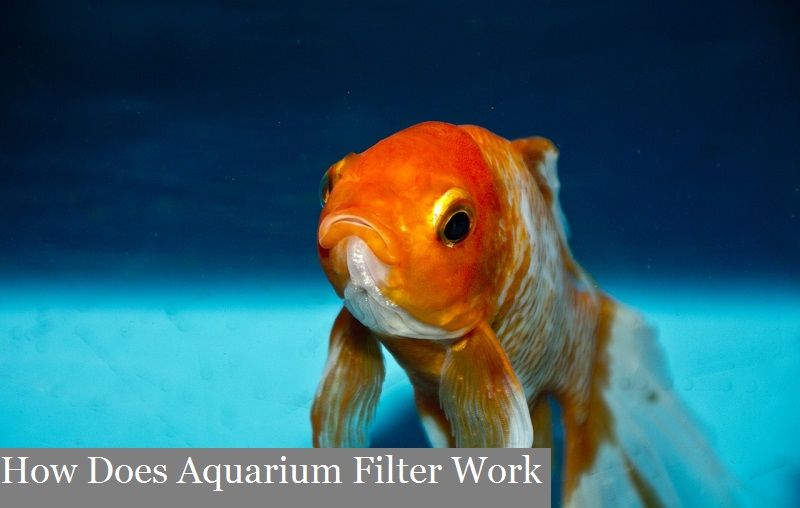Quality filtration is vital to the success of any aquarium canister filter you can think of. Some filters work from top to bottom while others work from back to front, outside-in or centre-out. However, the basis of quality filtered water is judged form how effective the filtration process is done. Hands down, your filter media should provide mechanical, biological and chemical filtration at all times.

What is the purpose of the aquarium filter?
The work of a filter is to remove debris or toxic build-ups like nitrates, ammonia that inhibits water aeration. Unless you want to host a bunch of dead fish, which I know it’s not the primary purpose of building the system, having an aquarium filter is a beautiful thing. The concept of modern fish tanks is straightforward: Hence removing the fish, cleaning and replacing the water is very easy; however, why be traumatized weekly when an aquarium filter is just one call away. Having it in your aquarium system translates to fewer hassles in the cleaning process. In other words, you do not have to do it every week like how the traditional aquarists do. Find the best turtle tank filter and save time.
How about the nitrates and the beneficial bacteria?
Nitrates are not produced directly from the fish waste: if you knew the process, you would use the best aquarium canister filter medium to get rid of the fish waste (rich in ammonia). Before that, you need to understand the effect of ammonia accumulation in the water; nothing better than burning your fish gills, leading to its death. That’s when you should now thank the beneficial bacteria for transforming the ammonia into nitrate. A less toxic component which can be removed by exchanging the water in the process we call “filtration”.
Beneficial bacteria grows almost everywhere in your aquarium tank. Still, inside your filter, you will find them growing mostly in your biological media. Right from the manufacturer, the biological media was set-up to increase the surface area for these beneficial bacteria to thrive. This, in turn, provides a significant increase in the supply of oxygenated water to your living creature in the water.
Mechanical filtration
Mechanical filtration involves a physical barrier that sieve aquarium water removing all debris for fish convenience. Mostly, the filter media material used in the form of sieves, sponges, matting or foams. This accumulation can turn your water murky, which is not a good sign for a fish tank. This filtration stage requires the most maintenance, and since you’re the keeper, cleaning the filter media with the aquarium water must be done weekly. If the media is completely worn out, you should be in a position to replace it. Also important to note; frequently cleaned mechanical filters tend to provide better filtration than ones which stay long before they are rewashed.
Biological filtration
This is a more advanced filtration system contained inside the chambers of the filter. You will find a breed of bacteria and other microorganisms that convert your fish waste (ammonia) into nitrates which is a less toxic substance. The media often have plastic balls which increase the surface area to volume ratio to its performance. When new, the biological filtration system will take time before it becomes entirely sufficient. But that should not keep you so many worries since the beneficial bacteria will need to establish themselves first. Your fish greatest enemy is ammonia accumulation which burns fish scales, inhibiting their breathing and ruining the pH levels. That is why control measures are very important unless you want it to lead to New Tank Syndrome.
Chemical filtration
This stage of filtration is provided by the chemical resins or carbon that plays a significant role in extracting toxins from the aquarium water. For those filtration media using carbon; activated carbon is capable of aggressively removing toxins until the carbon becomes saturated. Equally important, the activated carbon must be changed often to ensure optimum performance. Manufacturers recommend one cubic inch or activated carbon can sustain chemical filtration up to two gallons of water monthly. But this condition is aided by water flow and chemical load for it to work. It is advised to move the water through your carbon twice an hour to sufficiently remove the chemicals. Also, hard or chemically softened water tend to have high concentrations of minerals and trace elements which will saturate the carbon quite faster. So, ensure you do the water changed to prevent building up chemicals in the aquarium water to avoid burdening your chemical filtration.
Final Thought
The main aim of your best aquarium canister filter tank is to secure an ideal space and condition that favors the growth of nitrifying bacteria. And now that you understand the importance of the nitrifying bacteria, especially in reducing the toxicity of the aquarium water, do not endanger their environment. Your fish needs them all their lives. That is why you need to maintain the filter and ensure it does not get clogged. That said, your fish will enjoy the power of the best turtle tank filter you installed for it.
